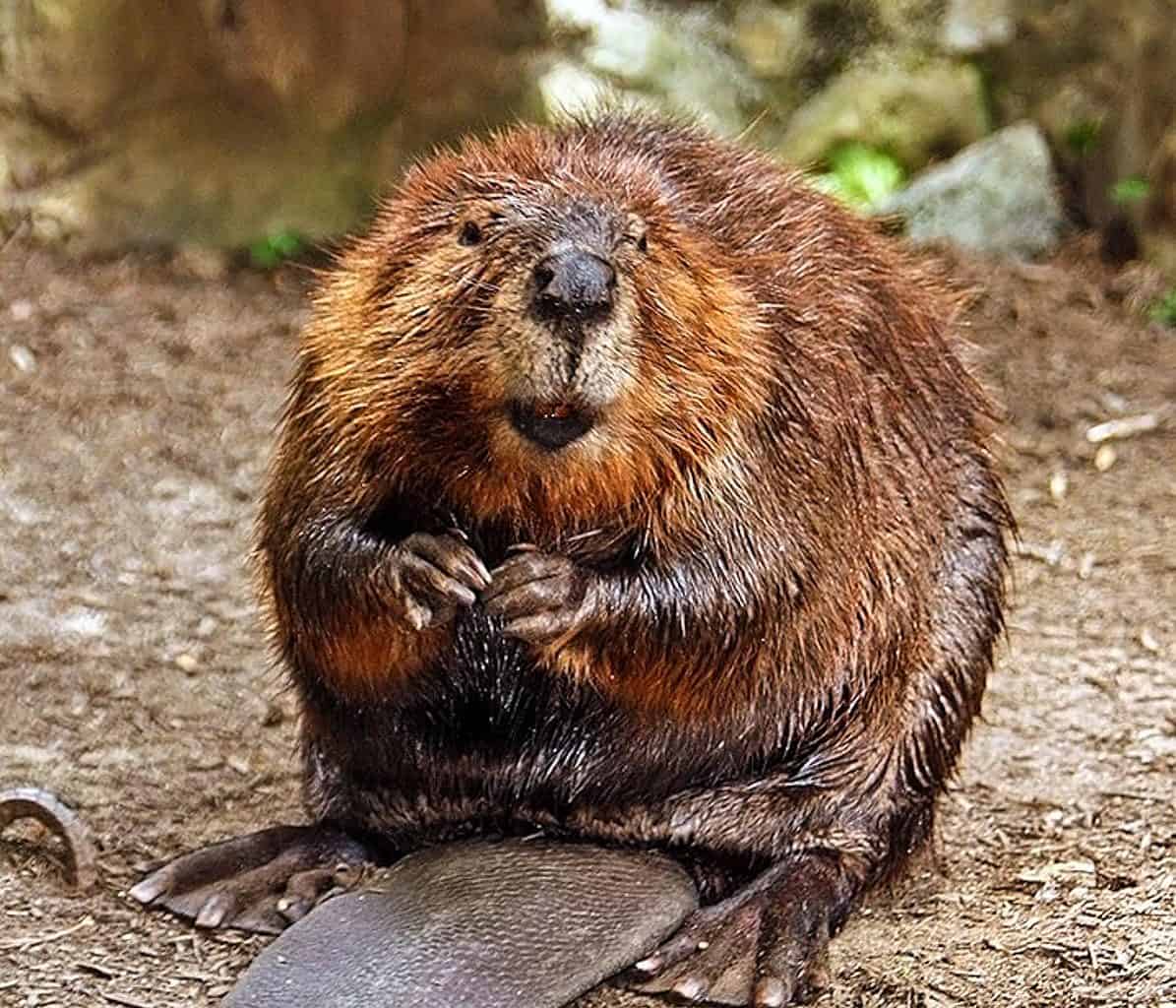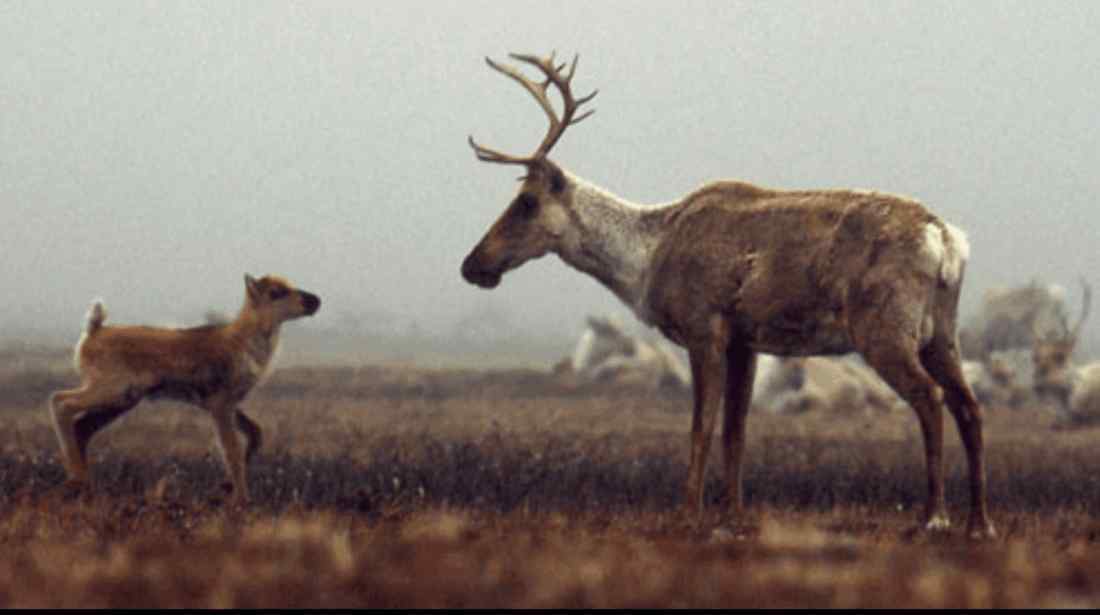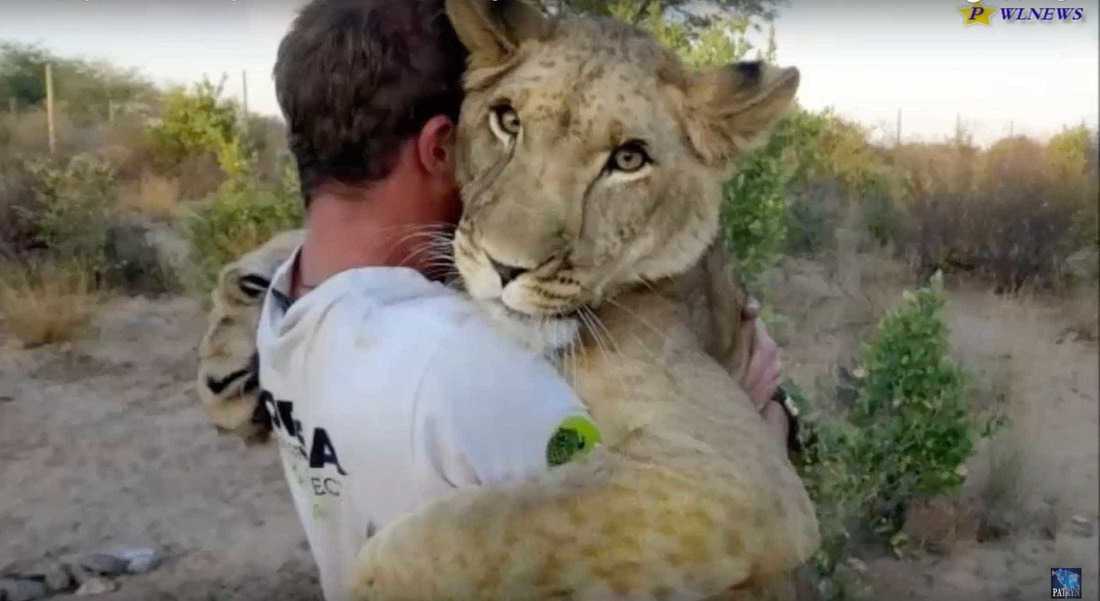How beavers can help in the fight against climate change
Beavers are well-known as cute, swimming rodents, who fell trees and build dams, sometimes resulting in conflict with people. However, experts know them as ecosystem engineers, a species that modifies its ecosystem to fit their own requirements. In doing so they also create benefits for other species and the landscape as a whole.
In the case of beavers this happens through the building of dams and channels to modify the water table, targeted felling of trees and thus creation of deadwood and more space and diversity along the bank. This creates nesting sites and food for insects, frogs, fish, birds like woodpecker and kingfisher and other mammals such as hare and marten.
In the early 20th century beavers were almost extirpated from Europe through uncontrolled hunting for meat and fur. However a growing recognition of their ecological importance has also led to an increase in protection- and reintroduction programmes. Now around 1.2 million beavers once again inhabit Europe.
New insights now show how important beavers can be in times of heat and drought – particularly relevant when considering continuous rising global temperatures.
Why and how do beavers help during droughts?
Beavers’ building activities not only create diverse habitats for other species, but actively contribute to water- and temperature-regulation within the ecosystem. They directly and indirectly influence the local climate through the following aspects:
The famous beaver-dams block and slow down water currents.
This means the water spreads out over a larger wider and creates large wetland areas with relatively low water levels. As the run-off is slower the water has more time to sink into the soil, which raises the water table and provides plants with more water even in dry periods.
Larger areas of water surface also mean more evaporation in warm weather – further cooling the air.
The creation of narrow channels forms a natural irrigation system.
Small channels to and from their lodge help beavers to transport branches and food quicker than carrying them across land. For the ecosystem these ditches also act exactly like a drip-irrigation system in agriculture, by slowly releasing water into the surrounding area.
By the way: those channel systems beavers create also help during floods, as they distribute the surplus water evenly and thus prevent floodings.
Healthy ecosystems = Robust ecosystems.
In general the resilience of an ecosystem – meaning its ability to deal with extreme pressures like temperature variations, drought/floods or other damage – is directly connected to how healthy the community of environment, plants and animals is. The general principle is: more diversity creates more resilience. A lack of species on the other hand makes a system more susceptible to damage. Beavers themselves are part of an ecosystem, but through habitat-creation for other species, also directly contribute to its resilience.
Beaver relocations and dam mimicry in the USA
All of these positive effects have resulted in US-scientists and landowners actively using beavers to counteract heatwaves and droughts. There, beavers also disappeared from many areas, while other parts of the country experience problems through dam-induced flooding or unwanted tree-felling . Now “problem-beavers” are sometimes moved to new areas instead of culled. It is hoped that their architectural activities can help to increase the resilience of a landscape against changes brought about by climate change.
Another new concept is the use of “dam-mimicrys”, beaver dam replicas bringing the same positive effects regarding water- and temperature regulation as real dams. While many landowners are still skeptical towards these new approaches, the continuous changing of our climate will make such novel technologies increasingly important.
Conclusion
Beavers are important not only because they are fascinating to watch and as ecosystem engineer create habitat for countless other species, but they are increasingly relevant in the context of climate change. Their constructions in wetland area regulate air temperature and provide water during drought, at least partially counteracting the negative effects of climate change. This is another example for how healthy, natural and diverse landscapes benefit not only nature, but us humans too.







